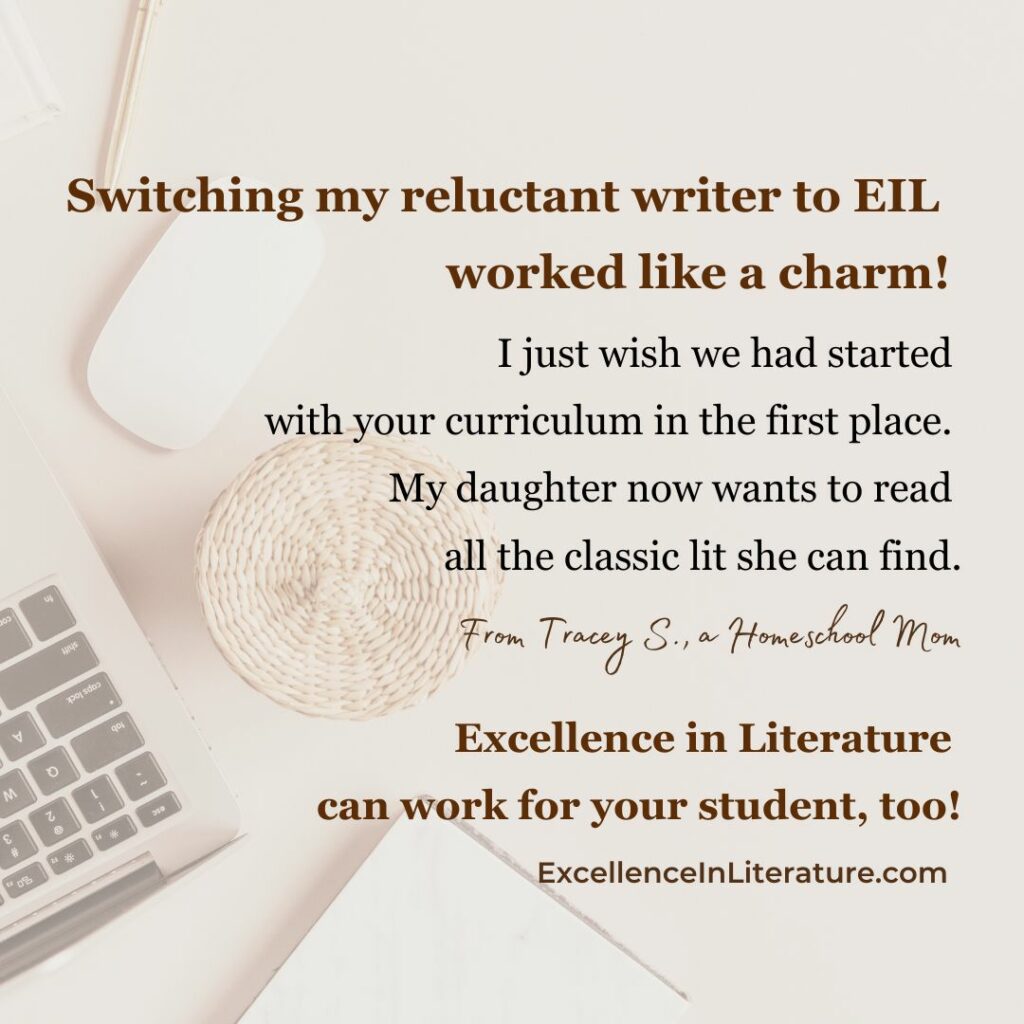How to Wisely Praise Children
Praise has power. Well-earned and properly given praise has the power to motivate and build confidence, while improperly directed praise can create unhealthy attitudes, provide an inaccurate self-concept, and even make children unwilling to try new or hard things. What we say and how we say it matters.
It is not hard to learn how to offer praise that encourages and motivates, and the first step is learning what makes the difference. “How to Help Children Fulfill their Potential,” this ten-minute video (above) by researcher Carol Dweck, Ph.D., outlines the two different types of praise and their results, and offers suggestions for constructive praise and feedback.
Beyond praise
“The Secret to Raising Smart Kids,” an article by Dweck, covers similar ground at the Scientific American. It approaches the topic from a slightly different angle, and a quote in the synopsis of the article jumped out at me:
Parents and teachers can engender a growth mind-set in children by praising them for their persistence or strategies (rather than for their intelligence), by telling success stories that emphasize hard work and love of learning, and by teaching them about the brain as a learning machine.
Essentially, this affirms once again that stories help to shape beliefs (not that anyone is questioning that). Thus we are back to one of the most essential tools of homeschooling — stories of ordinary, imperfect people who have done extraordinary things. Appropriate praise can help children see how to apply the lessons from stories of perseverance, creativity, and courage to their own lives.
Reading (of course)

Another good source of great stories of ordinary people doing extraordinary things is the Landmark biography and similar series. I would classify these as creative nonfiction rather than straight biography because they use classic storytelling methods and dialogue to bring the protagonist to life. This makes them considerably more engaging than the dry-as-dust just-the-facts-ma’am biographies of today.
I enjoyed them immensely when I was young (my oft-reread favorite was Crazy Horse). My boys enjoyed them as well, and we had fun hunting for them in thrift stores and yard sales. Most are written by well-known authors and the out of print hardcover copies are worth seeking. Because they were written for younger readers in the middle decades of the 20th century, the focus is on the character’s life and achievements. The books are well-written enough that children understand and even feel deeply about issues such as injustice, but because the narrative is presented in story fashion, there is not specific issue-oriented content.
Some of these biographies for younger readers have been reprinted as remarkably unpleasant-looking paperbacks, and are available at Amazon. Some are available for e-reader, but please read the “Print or eBook” article and linked articles at Everyday Education before choosing an edition.
At Excellence in Literature, you’ll find two helpful reading lists to get you started with sharing encouraging stories: “Historical Fiction for Young Readers” and “Books Boys Like.” I hope you’ll find these ideas helpful.


















Great Article! I agree that praise has the power to motivate the kids but you can’t overdo. As your children get older, we as a parent should use such words that reflect their experience and show understanding and empathy.